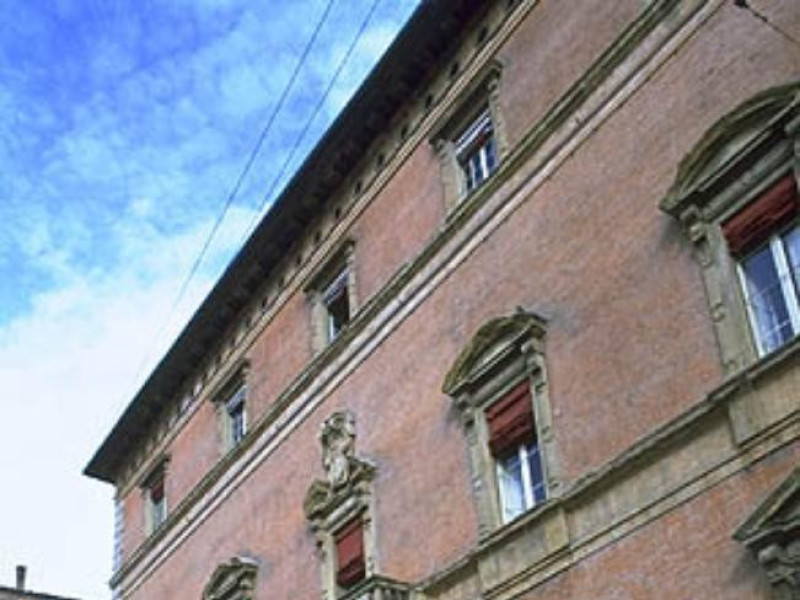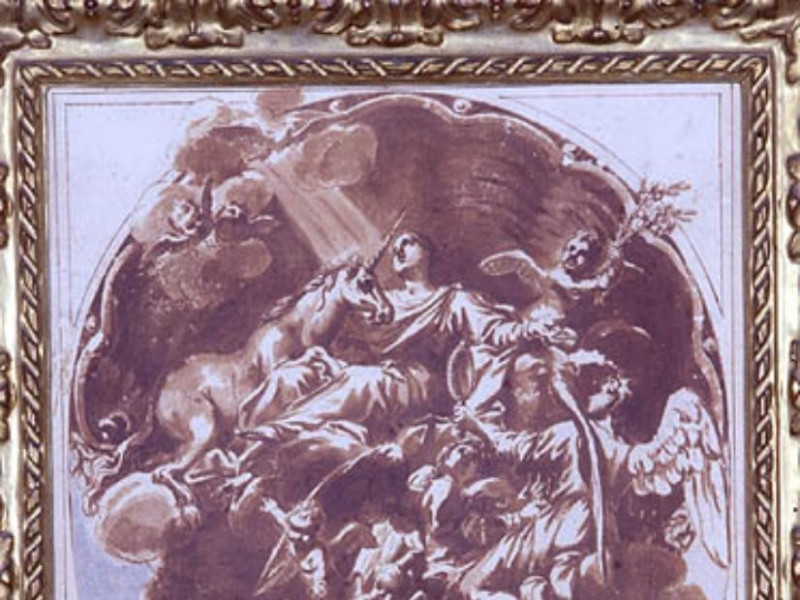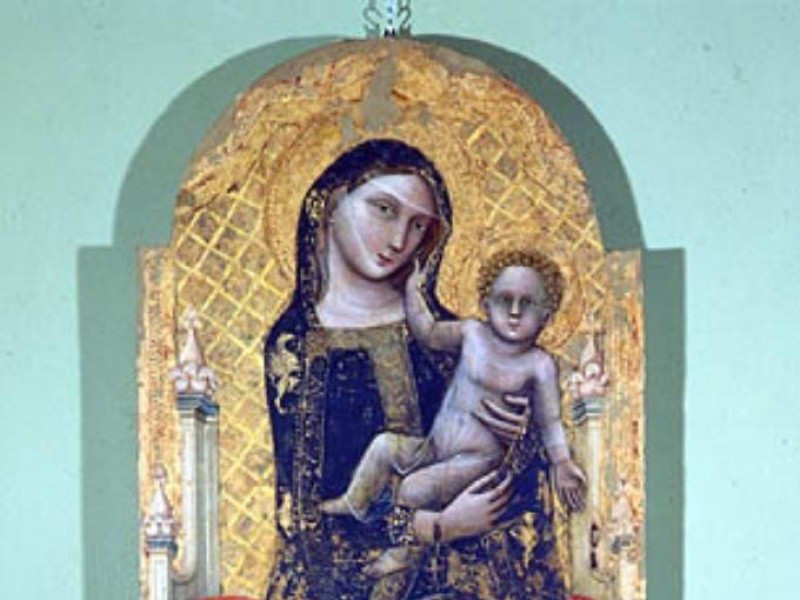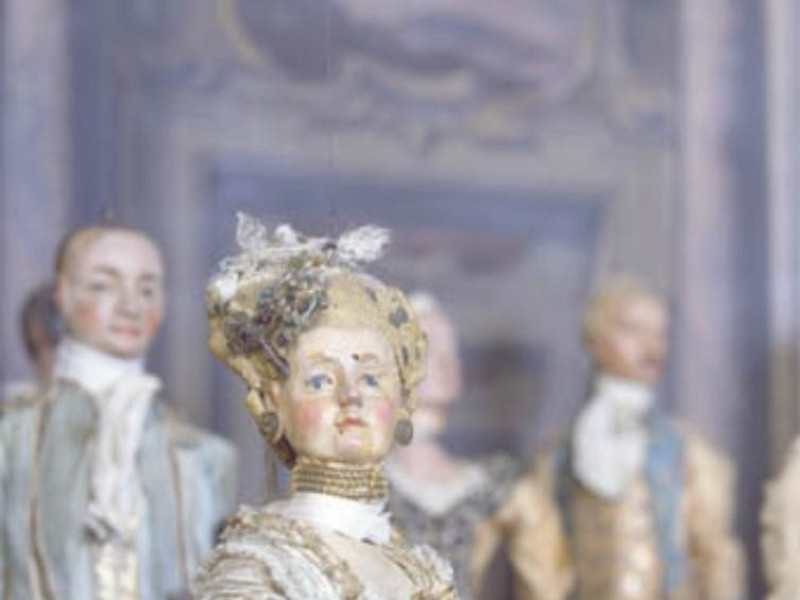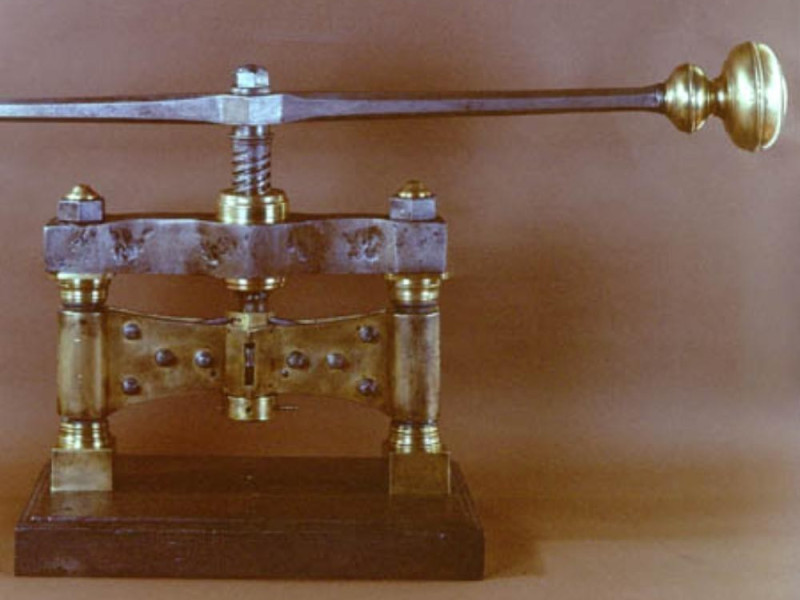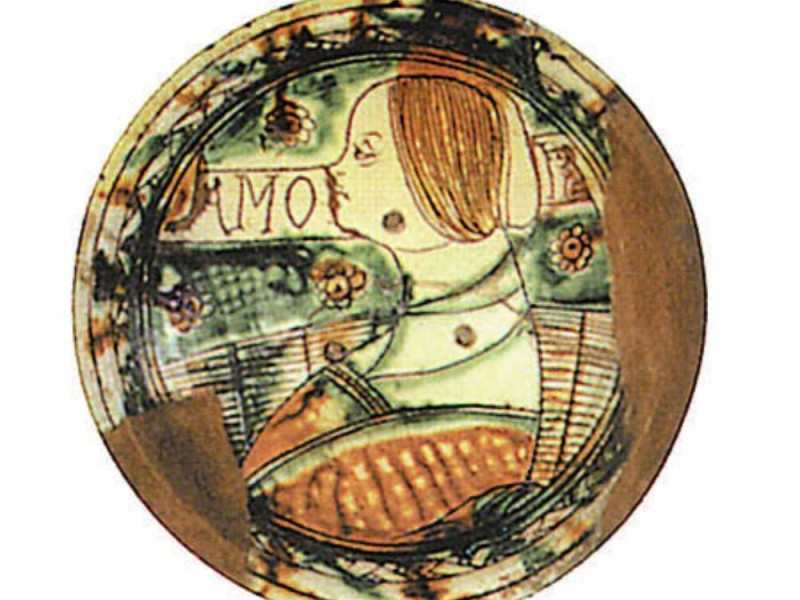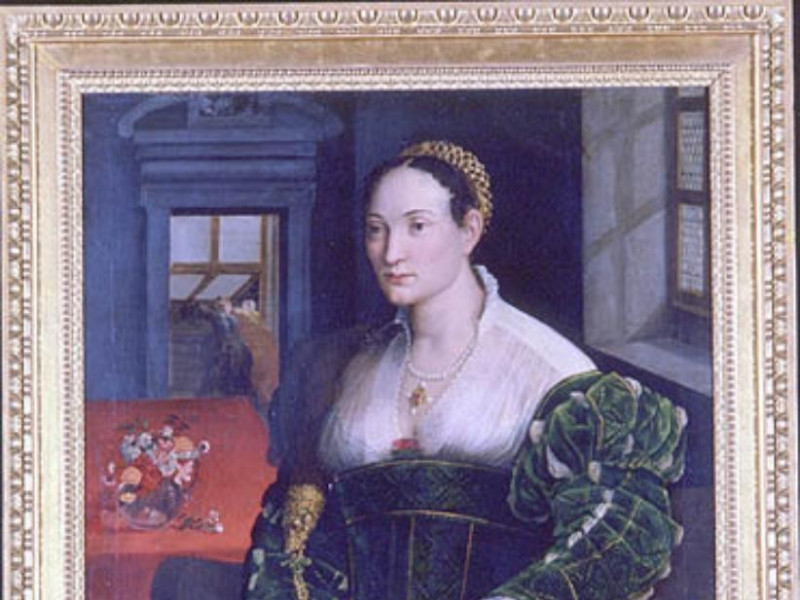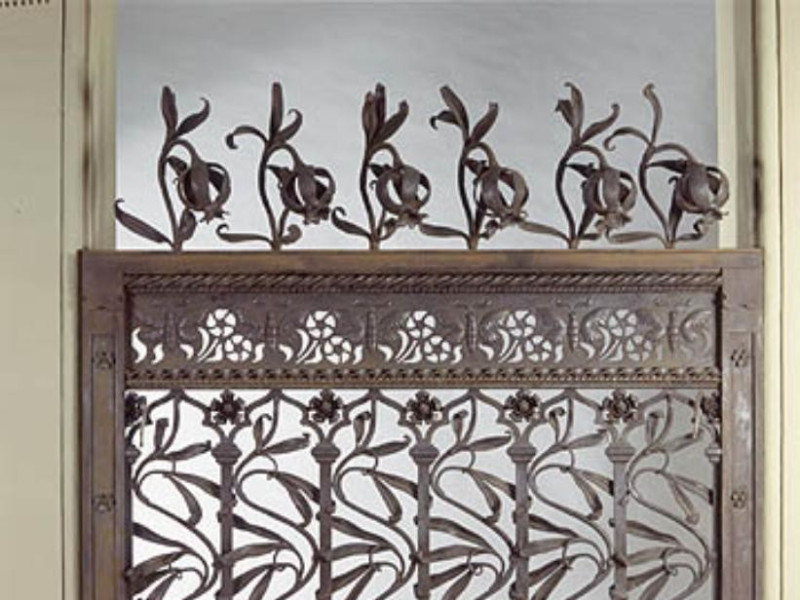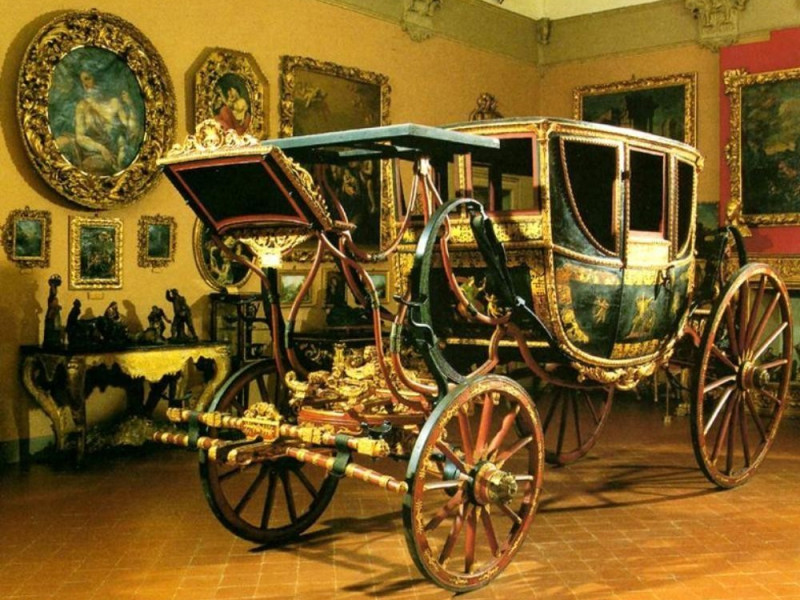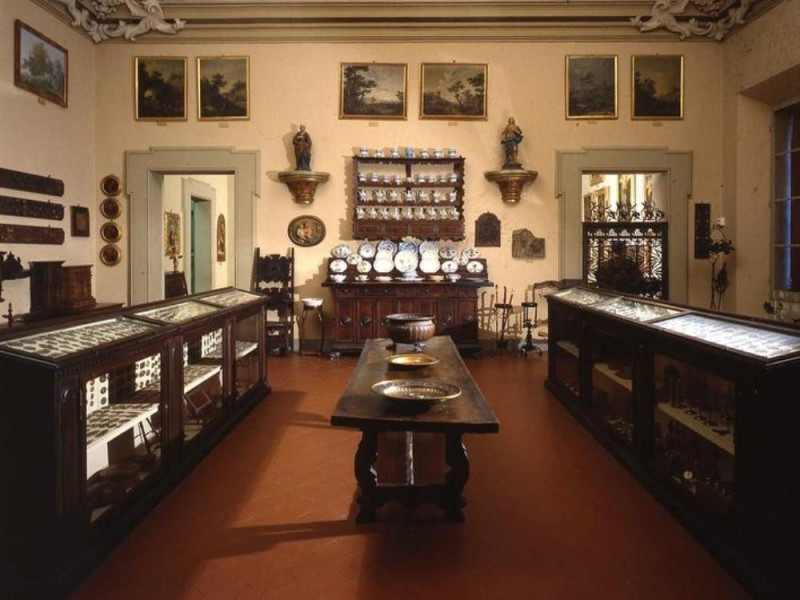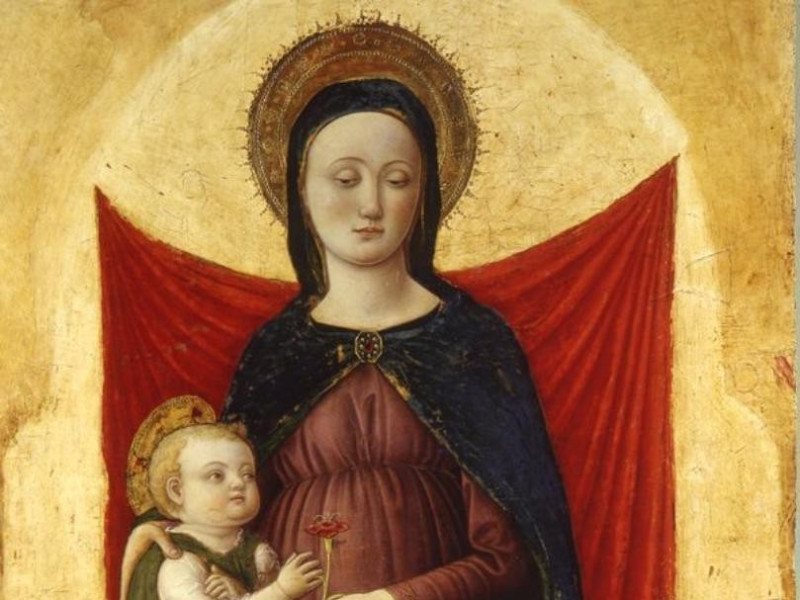Musei civici d'arte antica: museo d'arte industriale "Davia Bargellini"
The two collections are arranged in the Palace Bargas, in 1926, the Convention is still in force, the gallery Davia Bargellini was merged into the ground floor of the building with the materials of the Museum of Industrial Art, founded in 1919 in order to gather evidence crafts Bologna, arranged by the Superintendent, Count Francesco Malaguzzi Valeri, following the example of the museums of art and industry sprung up in Europe during the nineteenth century. Formed for educational purposes and as a repertoire of patterns for crafts, collections of applied art are in fact exposed, along with the paintings in the gallery, on the basis of their power reminiscent of an eighteenth-century noble residence and reveal version in the original substantially, the museological criteria of Malaguzzi Valeri.Nel, 1926, the City Council entered into with the Charity Convention, which still regulates the coexistence of the two nuclei museum. The materials included in the collections have different backgrounds. This is in large part to purchases made around the twenties on the antiquities market, but also deposits of Bolognese charitable organizations, bequests or donations to the City. Among the most important paintings of the gallery include the famous 'Madonna of the teeth' by Vitale da Bologna (1345), a painting by Antonio Vivarini, the 'Portrait of a Lady' Prospero Fontana 'Portrait of Virgil Bargas' Bartolomeo Passerotti the paintings "stationed" Marcantonio Franceschini and, again, Cantarini paintings by Giuseppe Maria Crespi and Louis Brill, Magnasco and Happy Torelli.Ad decorate the rooms of the museum are also competing sculptures Bologna, such as the 'Bust of Virgil bargellini 'Vincenzo Onofri (XV) and the eighteenth-century terracotta and Angelo Giuseppe Maria Mazza Piò. Represent the decorative arts the chest from Bentivoglio (XV), ceramic graphite Renaissance, Baroque furniture, miniature furniture cabinetry, such as the model of a furnished, finely carved and gilded frames, and a doll house. Add to route the impressive sedan Gala linked Angelelli (end of sec. XVIII) and more recent works such as the gate Floral Giuseppe Da Col and teaches twentieth-century workshop of wrought iron Sante Mingazzi. The museum houses a puppet show very rare and valuable eighteenth century, although it is not a work uniform. The theater itself is made of wood and canvas painted in tempera. On the pediment depicts the coat of arms of the family of Forlì Albicini. It is therefore likely to set up a private theater in the city palace or family holiday Albicini, known for his passion for music. The theater is equipped with five seabed with its two orders of scenes from different periods - from the second half of the eighteenth century to the middle of the next century - depicting many environments and other scenic elements. The oldest parts of the theater - the stage or proscenium arch and two backdrops - are attributed to students and colleagues of Antonio Bibbiena active in Forli from the seventh decade of the eighteenth century. The theater is equipped with 74 puppets, 9 horses and a monkey. The puppets, invoice Venetian and sizes, not all belong to the same suit. They are however extremely refined, richly embroidered with silk dresses. Of great importance are some puppets transformation (clowns who double their height, ladies who turn into dwarves). This is the eighteenth-century theater that has kept the knife to maneuver the puppets.

